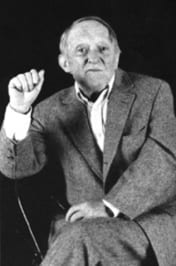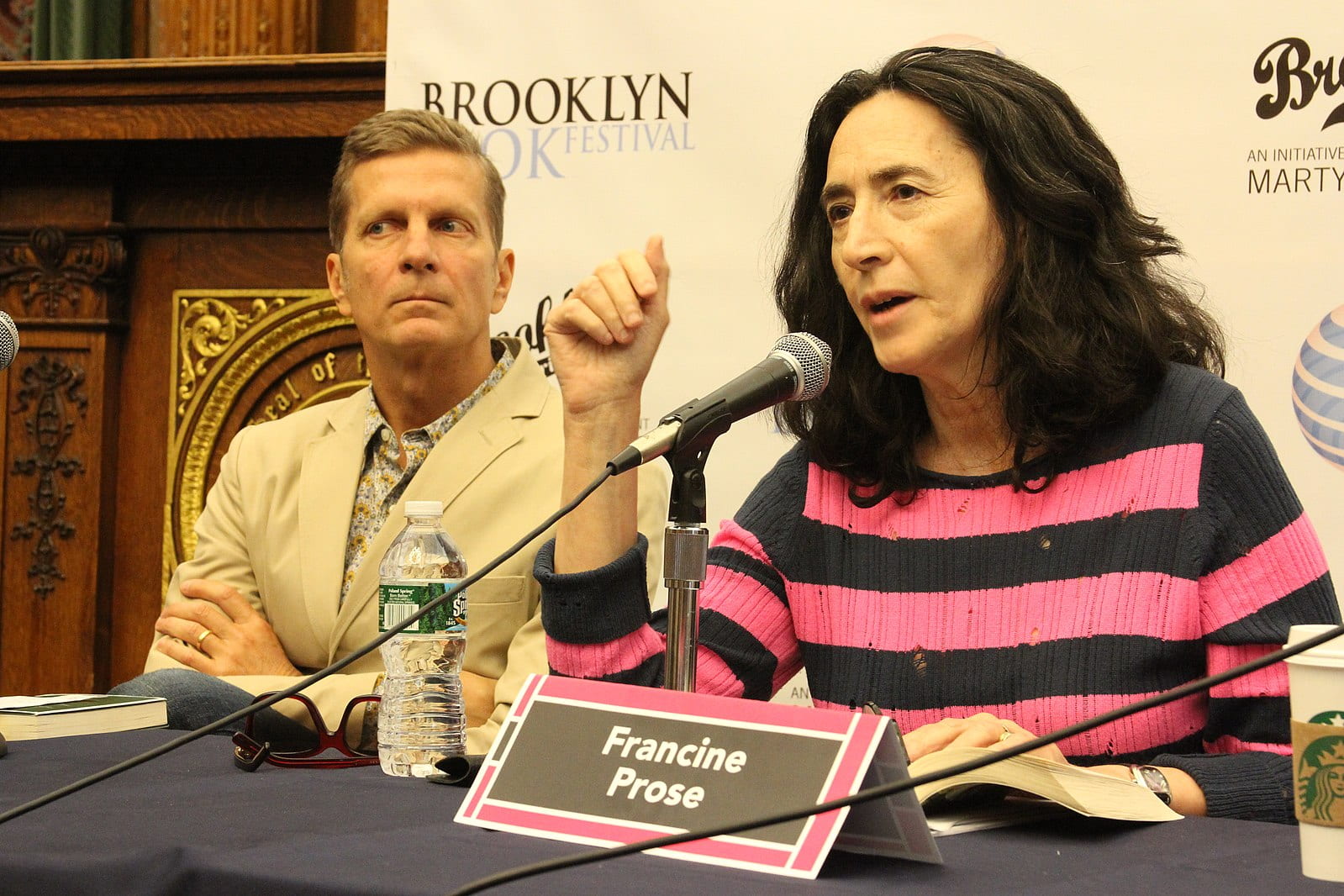The order of “delivery” of narrative information can be a powerful narrative technique (i.e. how and when information is given to a reader). Read “Love Poems” by Lon Otto to see how a master does it. What new information is revealed in the final paragraph? How does this affect your understanding of the character and his feelings? How would knowing this information up front affect the movement of the piece?
Archives
National Poetry Month, a celebration of poetry which takes place each April, was introduced in 1996 and is organized by the Academy of American Poets as a way to increase awareness and appreciation of poetry in the United States.
National Poetry Month #19
Don Shea
It’s spring and love is in the air! We’re all familiar with the “boy-meets-girl” love story. But good writers take Ezra Pound’s advice to “make it new.” How does Don Shea’s “True Love” add specificity and nuance to this romantic trope? What are the specific ways in which the piece challenges us to re-think this narrative archetype?
National Poetry Month #18
In flash, it is critical to jump right into the story, hooking your reader with a compelling first line. Check out this whammy of a first line in Francine Prose’s “Pumpkins.” What makes it effective? Surprise and unexpected movement can create fuel to keep the reader reading. Which moments in this piece were surprising or unexpected?
 Loading...
Loading...
National Poetry Month #17
Often an object can be the conduit for metaphorical significance and resonance. T.S. Eliot described this “objective correlative” as “a set of objects, a situation, a chain of events which shall be the formula of that particular emotion” that the poet feels and hopes to evoke in the reader.” See how a simple food staple from his childhood launches the narrator’s meditations over his past in Stuart Dybek’s “Pet Milk.”
National Poetry Month #16

Spencer Holst
Who’s ready for some flash fiction, the cousin of the prose poem? Let’s kick off the second half of the month with “Brilliant Silence” by Spencer Holst. Check out the sound of this sentence: “There a jaguar jumped a juggler, and afterwards, mortally mauled the animal trainer; and the shocked showpeople disbanded in dismay and horror.” Someone’s feeling their alliteration!
National Poetry Month #15
Y’all ready for another sonnet? This one from master sonneteer, Edna St. Vincent Millay, is more in keeping with the sonnet’s connotations of love poetry. But, of course, this ain’t a “roses are red” kind of love poem. Pay attention to the volta, aka the turn, in “Love is Not All (Sonnet XXX)”:
National Poetry Month #14
No National Poetry Month list of poems would be complete without an example of the Mother of all poetic forms, the sonnet. An enduring form of Italian Renaissance pedigree, the sonnet mainly requires two things: 1) fourteen lines, and 2) a volta, or a turn, some moment where the poem suddenly shifts, sharpens, or reverses. Here’s a contemporary example from an electrifying poet, Terrance Hayes. He wrote a whole book called American Sonnets for My Past and Future Assassin in response to the Trump presidency, and here’s a video of the best sonnets from that book:
National Poetry Month #13
Picking up on the theme of brothers, let’s now take a look at one of the most famous brother poems of all time, “You Can Have It,” by Philip Levine. The poem unfolds in quatrains, suggesting a uniformity that mirrors the manufactured lives of two brothers working factory jobs in blue collar America. It’s a poem from the heartland, for siblings everywhere, for all of time:
National Poetry Month #12

Leon Stokesbury
Rounding out our look at GSU faculty poets, today we turn to the late, great, and brilliant, Dr. Leon Stokesbury, who passed away last year. Stokesbury’s “Unsent Message to My Brother in His Pain,” is an epistolary poem, or a poem masquerading as a letter. Wry, funny, detail-oriented, this poem lands with tremendous emotional impact. It’s a personal favorite:
National Poetry Month #11
Today we’ve got another GSU faculty poet up, this time the inimitable, Dr. Beth Gylys. “Second Marriage” is a deftly controlled, witty, and understated poem about the complexities of the bonds of love. It’s probably the best use ever of bologna in a poem!






